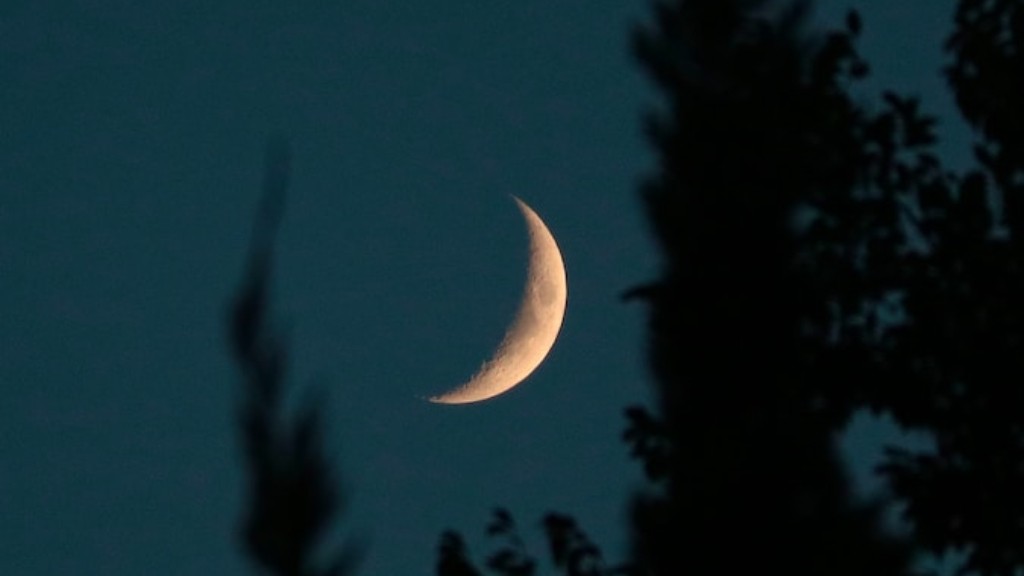Most people have experienced dreaming at some point in their lives. Dreams are often bizarre, nonsensical, and seem to have a life of their own. Some people might even say that dreams are alternate realities.
There is some debate as to what dreams actually are. Some believe that dreams are a subconscious way of processing the events of the day. Others believe that dreams are a way for the soul to communicate with the body.
Regardless of what dreams actually are, it is clear that they can be very powerful experiences. Dreams can be so realistic that they seem like they are actually happening. They can also be very symbolic and can often give us insight into our own lives.
So what do you think? Are dreams alternate realities?
There is no scientific evidence to support the idea that dreams are alternate realities. However, some people believe that dreams may be a way to access other dimensions or parallel universes.
Is there any connection between dreams and reality?
There is definitely a connection between dreams and real life. Dreams are a result of the activity in our brains, which house our perceptions of ourselves and the world around us. It would be impossible to say that dreams have nothing to do with our waking lives.
Dreams are a portal to awe because they allow your mind to be open to all sorts of possibilities. You’re relaxed and focused in a dream state, free of the stress and distractions of waking life. You can also access information in your subconscious mind that you’re not aware of while you’re awake. Dreams are a way to connect with your innermost thoughts and feelings, and to explore the hidden depths of your psyche.
Can dreams predict the future
There is little scientific evidence suggesting that dreams can predict the future. Some research suggests that certain types of dreams may help predict the onset of illness or mental decline in the dream, however.
There’s a lot we don’t yet understand about the universe, and it seems like new dimensions could be one explanation for some of the mysteries we’ve yet to solve. If we are able to travel to other dimensions, it could open up whole new worlds for exploration. It would also help to explain some of the strange things we see and experience in our dreams. Until we have more evidence, though, it’s all just speculation.
What is it called when you confuse dreams with reality?
Oneirophrenia is a state of confusion where a person is unable to distinguish between reality and their dream. This can be a very unsettling feeling, as if you are living in a dream state.
Precognitive phenomena are those that seem to suggest that an individual has knowledge of future events. This can manifest in a number of ways, but the most commonly reported is through precognitive dreams.
In general, a precognitive dream is one in which an individual has a dream or vision that later comes true. Usually, the dream or vision can only be identified as precognitive after the event has taken place. This is because, until the event occurs, it is impossible to know for sure whether the dream or vision was actually precognitive or not.
If an event that was foreseen in a precognitive dream or vision does occur, it is said to have “broken the dream”. This is because the dream or vision no longer accurately predicts the future, and therefore can no longer be considered precognitive.
Precognitive dreams are the most widely reported occurrences of precognition, but they are not the only ones. Other forms of precognition include déjà vu experiences, in which an individual has the feeling that they have already experienced something that they are encountering for the first time; and precognitive hunches, in which an individual has a strong feeling that something is going to happen, even though they have no logical reason to
Can you tap into your dreams?
Lucid dreaming is a powerful technique that can help you access and express the deepest parts of your psyche. With practice, you can use lucid dreaming to achieve deep emotional healing and manifest your deepest desires.
A false awakening is a dream in which you think you’ve awakened, but you’re still dreaming. The symptoms can vary, with some people dreaming realistic, mundane, and straightforward dreams, while others have bizarre, frightening, and repetitive dreams.
How many dreams can a human have
The average person has three to five dreams per night, but some may have up to seven. Most dreams are immediately or quickly forgotten, but they tend to last longer as the night progresses. Dreams occur mostly during the typical two hours of REM sleep during a full eight-hour night.
Recurring dreams are a well-known phenomenon, with nearly two-thirds of the population reporting having them. Dreams can be interpreted in many ways, but often they are thought to be a way for our subconscious to process information or work through problems. If you are having a recurring dream, it may be worth taking some time to explore what it could mean for you.
How do you know if a dream is a vision?
Dreams are drifts of the imagination, as if one imaginary clouds in the sky. Visions are scripted efforts to effect change. They occur personally and organizationally.
A soothsayer is a person who is able to predict the future. This ability is usually based on some sort of special knowledge or insight. Soothsayers are often consulted in order to gain guidance or advice about what lies ahead.
Do parallel universes exist
There is no evidence that suggests that a multiverse actually exists. Even though certain features of the universe seem to require the existence of a multiverse, nothing has been directly observed that suggests it actually exists. So far, the evidence supporting the idea of a multiverse is purely theoretical, and in some cases, philosophical.
There is a lot of debate surrounding the idea of multiple dimensions, with some people believing that there are multiple dimensions and others believing that there is only one. However, there is evidence to suggest that there may be at least two dimensions of time. One expert suggests that there is a past dimension and a future dimension, which would explain why we are able to remember the past and plan for the future. This is just one theory, but it is an interesting one that gives us a different perspective on time.
How many dimensions can we live in?
We generally don’t think about the fourth dimension of time very often, but it is just as real as the other three dimensions of space. Just as we can move freely in three-dimensional space, we can also move freely in four-dimensional space-time. This may seem like a strange idea, but it is actually a very natural way to think about the world.
Some people have vivid dreams or nightmares that they are more likely to recall the next day. This may be due to a variety of factors, including stress or experiencing a trauma.
Conclusion
No, dreams are not alternate realities.
There is no clear consensus on what dreams are, but there are some common theories. One theory is that dreams are alternate realities. This theory suggests that dreams are separate from our actual reality, but they may be experienced as real. Another theory is that dreams are a way for our brains to process information and sort through memories. This theory suggests that dreams are not actually real, but they may contain elements of reality. There is no clear evidence to support either of these theories, but they both offer interesting explanations for the phenomenon of dreaming.





